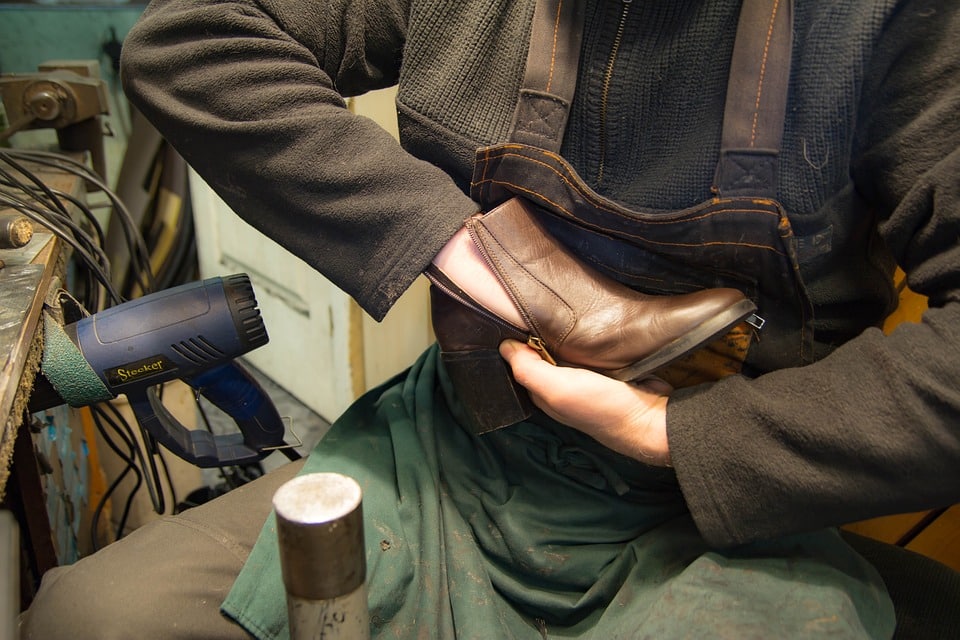
Taking care of your feet is essential for overall foot health, and insoles play a vital role in providing the support and comfort your feet need. Wearing appropriate insoles can help prevent foot problems and contribute to your overall foot health. It’s important to choose insoles that are suitable for your foot type, provide adequate support and cushioning, and are made from materials that best suit your needs. Wearing bad insoles can lead to a variety of foot problems, which in turn can contribute to the development of several diseases. By selecting the right insoles for your needs, you can improve your foot health and prevent discomfort and pain. Remember to check the size and try them out before making a final decision to ensure the best fit and support for your feet.
Are you experiencing foot pain or discomfort while walking or standing for long periods of time? A good pair of insoles can make a world of difference. Insoles, also known as shoe inserts or footbeds, provide additional support, cushioning, and stability to your feet, which can alleviate pain and improve your overall comfort.
With so many options available, choosing the right insoles can be overwhelming. Here’s a comprehensive guide to help you select the best insoles for your needs.
- Consider your foot type: Start by identifying your foot type, whether you have flat feet, high arches, or neutral arches. Different insoles are designed to accommodate different foot types, and selecting the right type can help prevent injuries and provide maximum support.
- Determine your primary activity: Think about the activities you will be doing while wearing your insoles. Are you looking for insoles for running, walking, or standing for long periods of time? Different insoles are designed for different activities and provide varying levels of cushioning and support.
- Look for high-quality materials: Choose insoles made from high-quality materials that are durable, breathable, and moisture-wicking. Materials like memory foam, gel, and cork are popular choices because they provide excellent cushioning and support.
- Check the size: Make sure to select the correct size to ensure a proper fit. Insoles that are too small or too large can cause discomfort or even exacerbate foot pain.
- Try them out: Once you’ve selected a few insoles that meet your needs, try them out in your shoes to see how they feel. Walk around in them for a few minutes to gauge their comfort level and make sure they provide the support and cushioning you need.
Health effects of good and bad insoles
Good insoles can have numerous health benefits, such as providing additional support, cushioning, and stability to the feet. They can improve comfort, reduce foot pain, and prevent injuries. Insoles that are made from high-quality materials, such as memory foam or gel, can also absorb shock and reduce the impact on the feet, which can be especially beneficial for athletes or individuals who are on their feet for extended periods of time.
On the other hand, bad insoles can have negative health effects. Poor-quality insoles or ones that don’t fit properly can worsen existing foot pain, cause blisters or calluses, and even lead to long-term foot problems such as plantar fasciitis or flat feet. Insoles that are too thick or too thin can also alter the natural alignment of the foot, which can affect the entire body’s posture and balance.
It’s important to choose insoles that are appropriate for your foot type, primary activity, and desired materials to ensure that you get the maximum health benefits. Investing in good-quality insoles can make a significant difference in your overall foot health and well-being.
What diseases can be caused by bad insoles?
Bad insoles can lead to a variety of foot problems, which in turn can contribute to the development of several diseases. Some of the diseases that can be caused by bad insoles include:
- Plantar fasciitis: This is a common condition that occurs when the thick band of tissue that runs across the bottom of the foot becomes inflamed. Bad insoles that don’t provide adequate support or cushioning can increase the risk of developing plantar fasciitis.
- Metatarsalgia: This condition involves pain and inflammation in the ball of the foot, which can be caused by excessive pressure or overuse. Insoles that don’t properly distribute pressure can contribute to the development of metatarsalgia.
- Bunions: A bunion is a bony bump that forms at the base of the big toe. Bad insoles that don’t fit properly or put too much pressure on the toe can worsen existing bunions or contribute to their development.
- Hammertoes: A hammertoe is a deformity that causes the toe to bend downward instead of pointing straight ahead. Bad insoles that don’t fit properly or don’t provide enough space for the toes can contribute to the development of hammertoes.
- Lower back pain: Insoles that don’t provide proper support or cushioning can alter the alignment of the feet and affect the entire body’s posture and balance. This can lead to lower back pain and other musculoskeletal problems over time.
In summary, selecting the right insoles can make a big difference in your overall foot health and comfort. Take the time to identify your foot type, primary activity, and desired materials to find the best insoles for your needs. Remember to check the size and try them out before making a final decision, as wearing bad insoles can lead to a variety of foot problems and contribute to the development of several diseases. It’s important to choose insoles that provide adequate support and cushioning appropriate for your foot type to help prevent these problems from occurring.